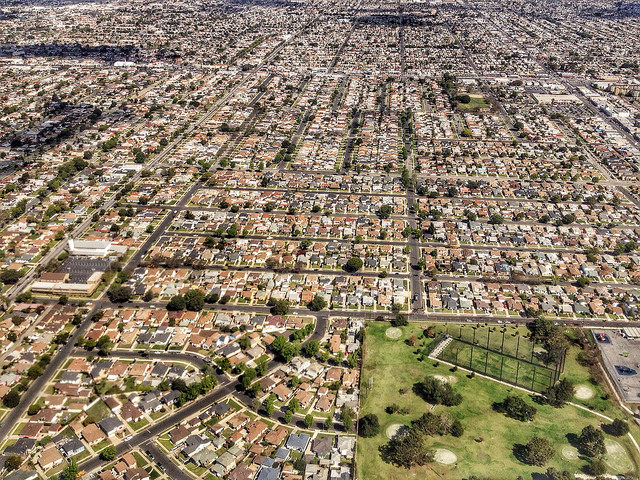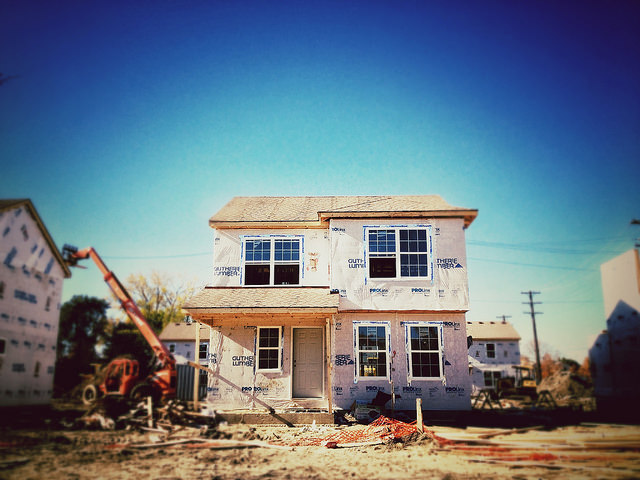According to Freddie Mac’s Multi-Indicator Market Index – which measures how far individual housing markets have rebounded since their post-recession lows – nearly 100 percent of the nation’s top metropolitan areas have shown year-over-year improvement. Additionally, 49 of 50 states have also posted positive annual gains. Len Kiefer, Freddie Mac’s deputy chief economist, says the nation’s housing markets continue to improve and, if global economic uncertainty keeps mortgage rates low for an extended period, there may be more gains to come. “Seven years into the recovery from the Great Recession, most of the nation’s housing markets remain below their historical benchmarks, but continue to grind higher month-by-month,†Kiefer said. “Nationally, MiMi in April 2016 is 84.1, a 7.37 percent year-over-year increase and the 48th consecutive month of year-over-year increases … If global factors like the Brexit put significant downward pressure on long-term mortgage rates, the U.S. housing market could benefit from increased affordability, helping to partially offset the impact of house prices, which are rising around six percentage points year over year nationally.†Compared to last year, the most improved metro areas included Orlando, Tampa, Denver, Cape Coral, and Portland. More here.













